Headlice, kutus, nits – whatever you call them – most parents dread their discovery in their child’s hair. And stories abound about the causes, difficulties with treatment and how to prevent these little nasties. The truth is most children will get them at least once at some time in their life, most commonly between the ages of 4 and 14 years. And let’s be clear, headlice are not a sign of poor hygiene, anyone can catch them.
Headlice Facts
- Headlice are small, flat wingless insects about 2mm to 3mm long (the size of a sesame seed).
- Headlice can’t jump or fly. They crawl very quickly from hair to hair and hold on with their 6 claws.
- Lice travel from one child’s head to another when the two come very close together e.g. when children play or sleep together or share infested hats, combs or brushes.
- Lice can live underwater – they stay on the head and don’t die if you swim or shower.
- Girls are more likely to get nits than boys.
- Sharing beds, clothing and hair brushes increases the risk of getting headlice.
The tell-tale symptom of headlice is itching, especially towards the back of the scalp, behind the ears and around the hairline at the back of the neck. The itch is caused because the lice inject anticoagulant saliva into a person’s scalp to suck up blood. Surprisingly not everyone will feel itchy – many children scratch their heads when they don’t have lice. So the best way to be sure if your child has headlice or not is to look. Eggs are not difficult to see – live eggs are brown or greyish and will typically be clinging to the hair within 1.5cm of the scalp. The nits (empty or dead egg shells) are white. Live lice may be harder to see but look for light brown crawlers.
Treatment
Traditionally it was relatively easy to get rid of headlice using over-the counter insecticides available from a pharmacy. Special shampoos, lotions or sprays containing insecticides such as permethrin or malathion have been the main-stay of treatment. These chemical treatments work by attacking the nervous system of the headlice. However it’s now being suggested that Kiwi headlice have evolved into “super lice” – lice that are becoming resistant to most conventional and commercially-available treatments containing insecticides. So what to do now; what works? And what doesn’t?
A combination of correctly applied insecticide plus very thorough combing is a good option. When using an insecticide it’s important to follow the instructions exactly making sure you apply the product to all areas of the head and coat all hairs from roots to tips. Likewise, regarding the time to leave the product on the hair – don’t guess – use a timer or watch. Follow the instructions too about how to wash off the product and allow hair to dry naturally rather than using a hair dryer. After using the insecticide the next step is combing. This involves applying lots of conditioner to dry hair. The conditioner stuns the headlice for about 20 minutes and makes them easier to comb out. Any conditioner will do and you need to use about three times the amount you would usually use. The conditioner needs to be worked into the dry hair using an ordinary comb to make sure each hair is covered from root to tip. Then with the conditioner in, use a fine toothed comb to comb all over the scalp. It’s best to section the hair using clips and work through one section at a time making sure you pay special attention to the problem areas around the hairline at the back of the neck, behind the ears and on the crown. Wipe the teeth of the comb on a clean tissue regularly to see what lice and nits are being removed and keep going until you don’t see any more live lice.
Latest research suggests a new effective treatment is to use products that work by suffocating lice making it impossible for them to get rid of water so they explode. Because this involves physical destruction of the lice it’s unlikely to cause resistance. Suffocating agents include products like dimethicone which is a silicone based product. These are applied to dry hair, left on for eight hours and then repeated in one week.
Other treatments available use natural products such as neem oil and tea tree oil. While there’s a lack of scientific evidence to support that these products work, there’s certainly a group of parents who prefer using these products over insecticides. And I know parents who’ve had success at getting rid of headlice just using conditioner and very thorough combing.
A note about combing – it takes time. Expect to spend at least half an hour and up to one hour if your child has long hair. Parents I’ve talked to agree that spending time is worth it though, one commented ‘be thorough the first time so you know you’ve done the job properly’. You could think of it as an opportunity to spend some quality time with your child!
Almost all treatment regimes involve two applications because treatments are not usually effective against eggs and therefore new lice may hatch. So whether you use a chemical insecticide and/or a physical method, always re-treat 7–10 days after the first treatment, to kill any headlice that may have hatched from eggs that survived the first treatment.
The comb you use is important too. Plastic and metal combs with teeth that are closer together than normal combs are ideal. You may need to experiment to find a comb that works well in your child’s hair.
Once you’ve decided on the treatment regime to use then there’s the question about who else to treat and what about bedding, clothing etc. Standard recommendations are:
- If you find headlice on one family member, check the rest of the family. If you find headlice on other family members, treat them all on the same day.
- Tell anyone who has been in close contact with your child so they can check and treat their family if needed.
- Tell your school so that they can tell other parents to check their children for headlice and treat if necessary.
- Lice will die quickly when not on a human head so washing clothing and bedding isn’t usually necessary.
Prevention
Some tips about how to avoid headlice.
- Brush your child’s hair every day, as this can help to kill or injure lice and stop them from laying eggs. For children with long hair, get them to bend their head forward with their hair hanging down and use a firm bristled brush, brush from the back of the scalp forward.
- Don’t share brushes, combs, headbands, ribbons, hairclips, helmets or hats – basically anything that has direct contact with someone’s head.
- Having short hair or wearing long hair in a ponytail makes it less likely to catch headlice.
A few warnings
- Don’t use insecticides just in case – they should only be used when you know there are insects to kill.
- Don’t use insecticides if you are pregnant.
- Never use pet shampoo on people.
- Never use kerosene to treat headlice – it’s a highly dangerous, flammable substance
- You shouldn’t have to cut off or shave hair. It’s easier to control lice in short hair but it can be done with long hair.
Keeping vigilant about headlice is important as unfortunately re-infestation is common. KidsCan, which runs the Government funded Nit Busters programme to prevent and treat headlice in low decile schools, recommends checking your child’s hair regularly. Their catch phrase is ‘take a peek once a week’. Sounds like a good plan!
Written by: Jenny Cade
This blog provides general information and discussion about medicine, health and related subjects. The information contained in the blog and in any linked materials, are not intended nor implied to be a substitute for professional medical advice.






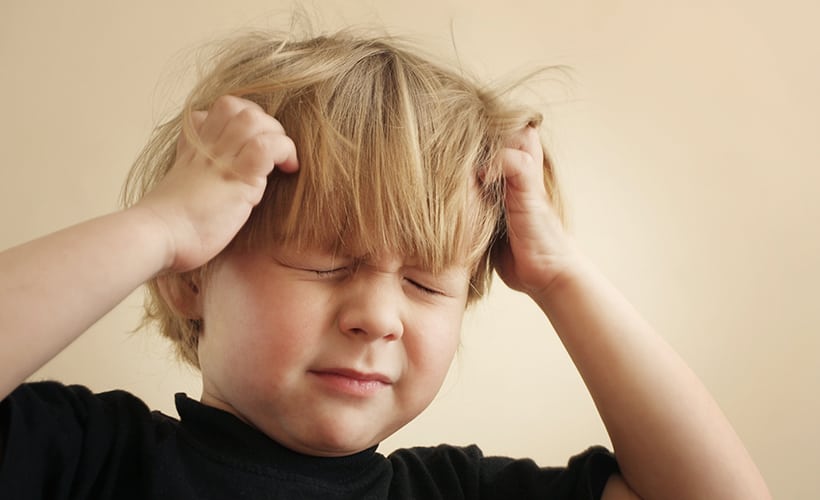
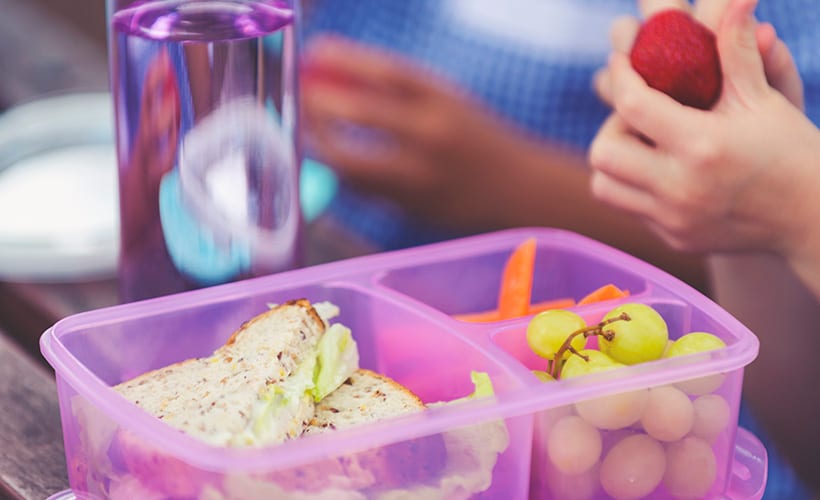


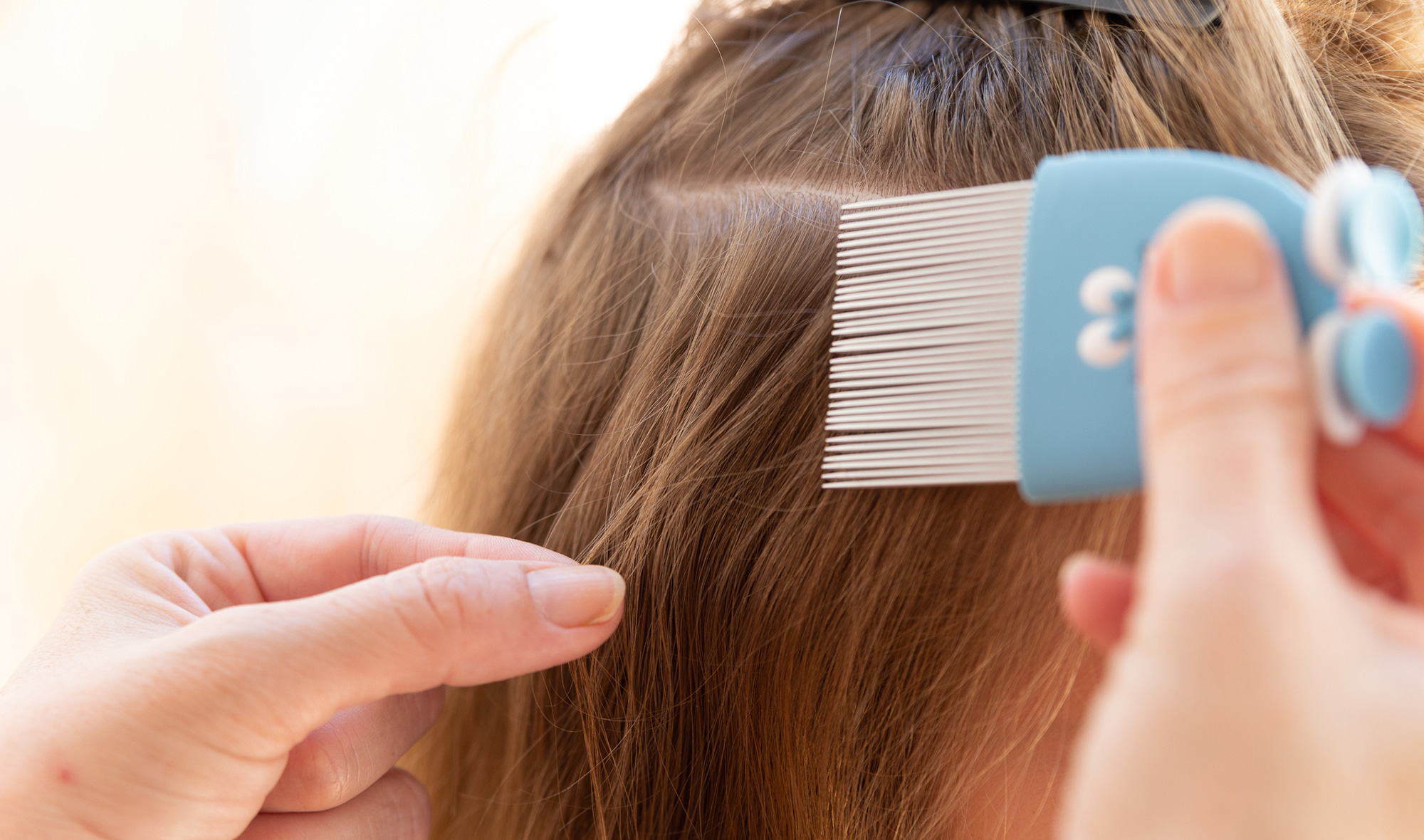



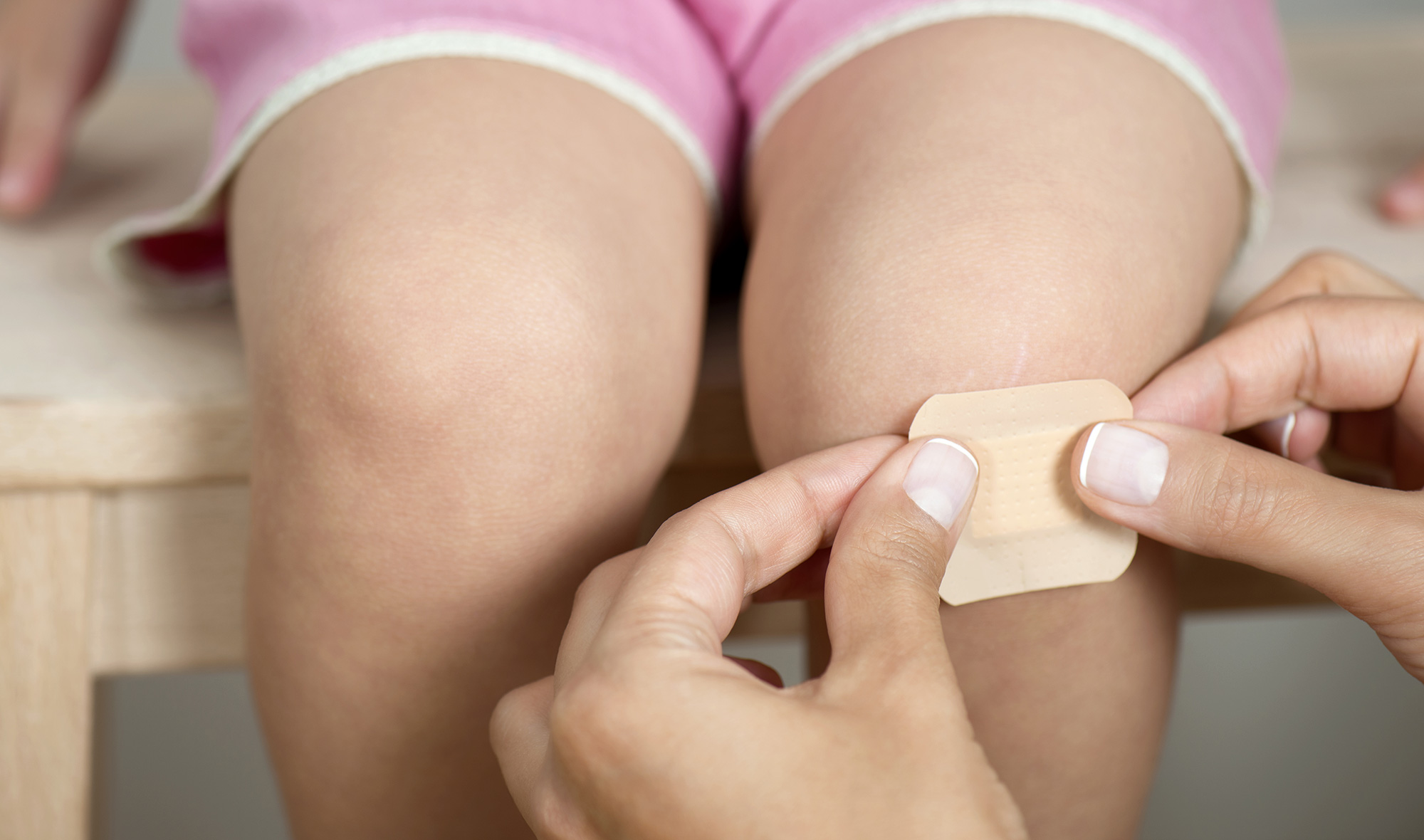
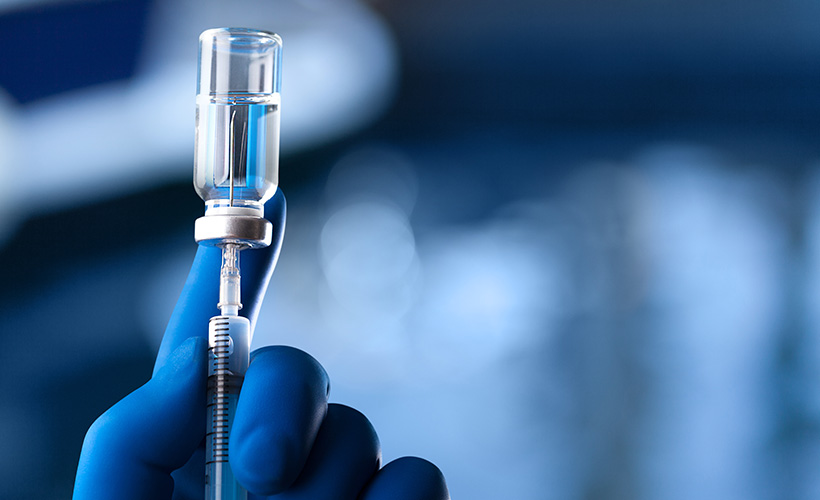
Community